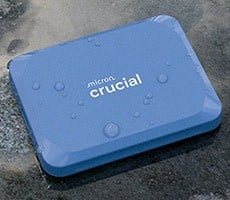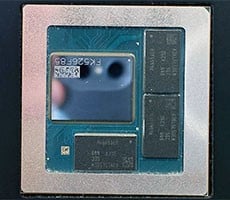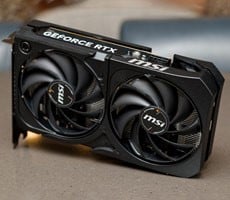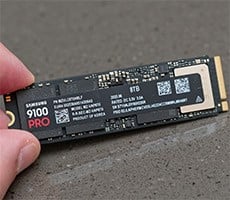
Our final test case couldn't get any more straightforward. Here we'll show you how the OCZ Z-Drive performs under a real-world application loading condition like a game level load-up. Here we simply installed Left 4 Dead on each of the drives we've tested and then proceeded to launch single player games on either the No Mercy or Dead Air levels. Also, as you'll note, we've included the Fusion-io card in this test, for a relative measure of performance.
 |
| Game Level Load Test |
| Left 4 Dead Game Level Load Times Measured | |

Again, here in this random, mostly small file read scenario, the OCZ Z-Drive shows itself to be just a tad slower than an Intel 160GB X25-M gen 2 SSD. As an aside, we should note that the Fusion-io drive that we included here for reference, is currently not a "bootable" solution but the Z-Drive is. We quickly loaded up Windows Vista on the Z-Drive and Intel SSD and compared stop-watch times to that of our WD Raptor 150GB hard drive which was the OS volume. As it turned out the Z-Drive booted Vista in about 2 seconds slower than the Intel SSD but 15 seconds faster than the standard WD 10K RPM hard drive.
And actually, if you consider the Z-Drive's cost per GB value proposition, the picture looks a little better. Currently, the average 160GB Intel SSD weighs in at around $3.12 per GB, while the Z-Drive's $899 price tag for a 256GB version weighs in at $3.50 per GB. More on the subject of value proposition in our wrap-up, next...








